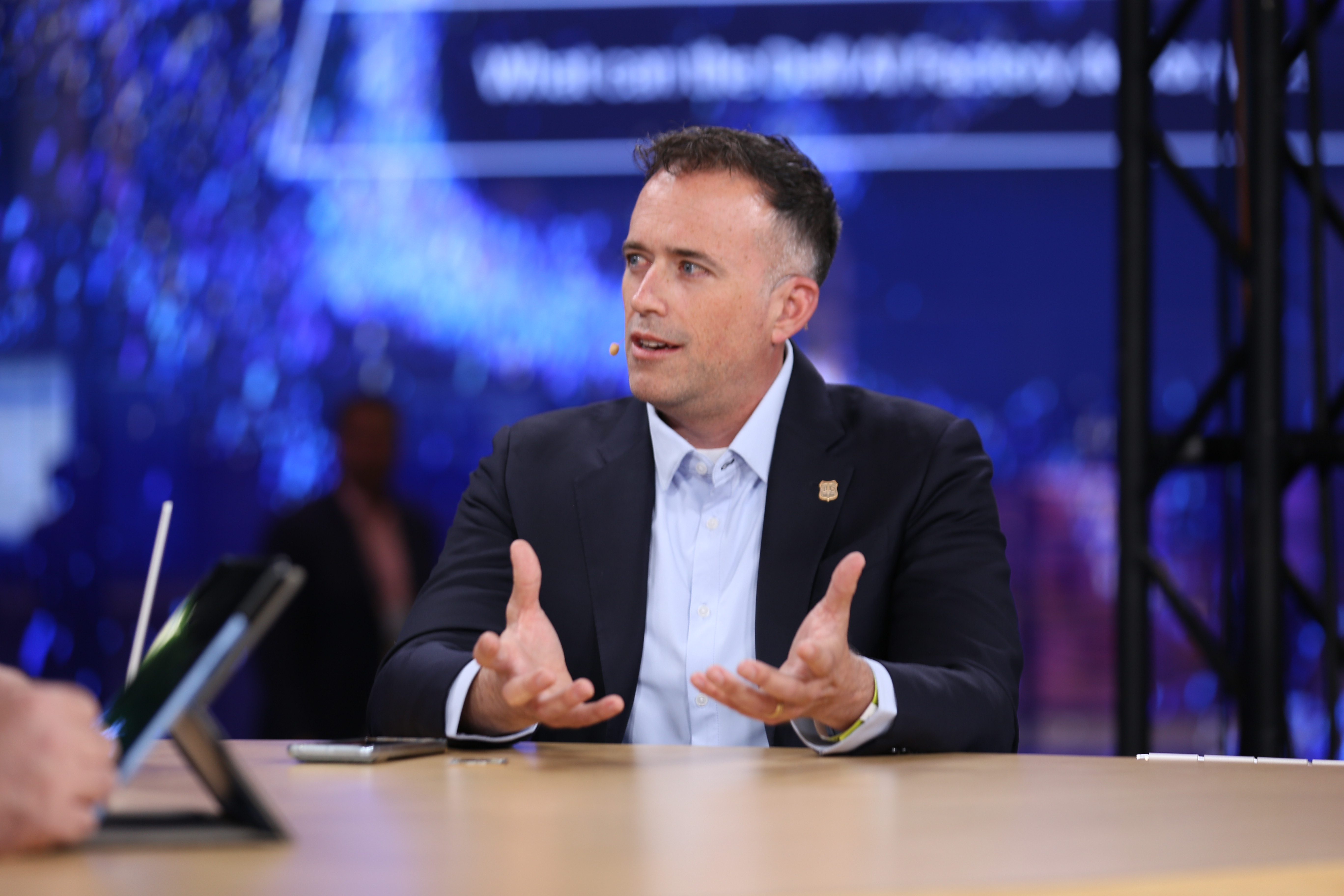 AI
AI
 AI
AI
 AI
AI
As the artificial intelligence space keeps heating up, finding the power to fuel AI technologies has become a pressing concern.
With its next generation of Xeon E-core processors, also called “Sierra Forest,” Intel Corp. looks to help companies save time and money as they manage their AI workloads. Intel’s product will be a part of Dell’s newest rollout of hardware focused on AI development.

Intel’s Ryan Tabrah delves into how Xeon 6, or Sierra Forest, is helping companies be sustainable.
“Workloads today are bifurcating, where you need a lot of performance per thread and then sometimes you need power density, very efficient compute,” said Ryan Tabrah (pictured), vice president and general manager of Xeon E-Core products at Intel. “The data center’s becoming kind of the bottleneck of being able to innovate in your business … [Xeon 6 is] the easy button for companies to be able to just move their infrastructure to the future gen.”
Tabrah spoke with theCUBE Research’s Savannah Peterson and Bob Laliberte at Dell Technologies World, during an exclusive broadcast on theCUBE, SiliconANGLE Media’s livestreaming studio. They discussed how Intel’s Xeon 6 processors are helping companies run workloads more efficiently with less power. (* Disclosure below.)
Since AI requires massive amounts of compute and hardware, processors that increase efficiency while saving space are crucial to companies running AI models. Intel Xeon 6 will be inside Dell’s 17Ge platform, with E-cores — the “E” stands for efficiency — that reduce a company’s power footprint.
“You have to understand the workloads. You have to have definitional partners that you work with so that as you power on your systems internally, you’re doing test cycles much earlier than you normally would in a much faster timeframe,” Tabrah said. “Then you pass through different engineering milestones much quicker but delivering the same high quality that people expect from an Intel system or a Dell system.”
The code name for Xeon 6 is Sierra Forest, which encapsulates the product’s potential for sustainability. A second generation Xeon might have 200 racks running web services and general compute, while Sierra Forest can reduce that to 72 racks, saving a megawatt of power.
“Customers are just excited,” Tabrah said. “They have an investment in this, and they have a long tailwind to look of just continuous innovation just coming to the data center to drive consolidation of workloads.”
Here’s the complete video interview, part of SiliconANGLE’s and theCUBE Research’s coverage of Dell Technologies World:
(* Disclosure: Intel Corp.’s sponsored this segment of theCUBE. Neither Intel nor other sponsors have editorial control over content on theCUBE or SiliconANGLE.)
THANK YOU